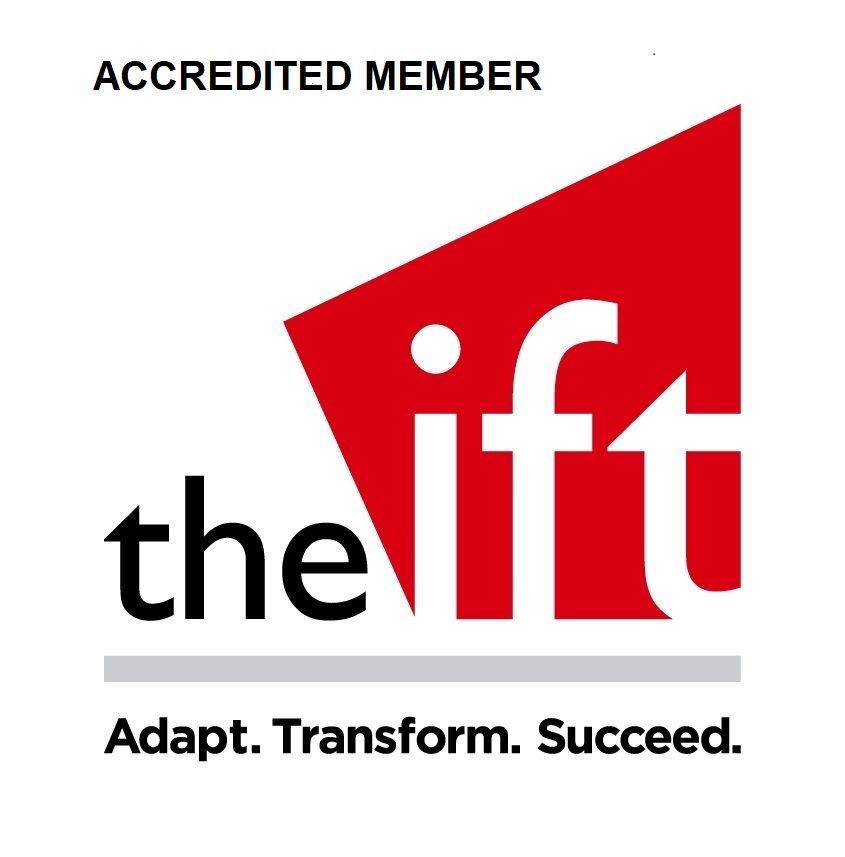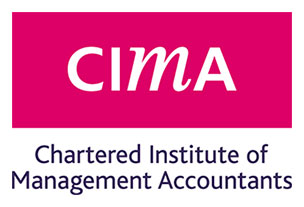During May 2020 I worked with St. Vincent’s Health and Public Sector Consulting and representatives from a number of healthcare organisations across the North and South of England came together in the form of Think Tanks to consider:
• The challenges being faced during the peak of Covid-19 cases
• The potential for sharing good practice and, most importantly…
• The gaps that would need to be addressed in the short and longer term to support effective care for patients in an expected, but as yet undefined, ‘new normal’.
The rapid reassignment of most resources to focus on the predicted impact of Covid-19 has proved to be one of the NHS’ finest hours. The transition was not without its problems; supply of PPE being a much publicised one. Our NHS colleagues signalled the intensity of workloads (and emotions), the concerns for a second spike or waves of Covid-19, not to mention additional seasonal pressures later in the year. And future uncertainty linked to patients not able to access care, the impact of lockdown on the economy and, specifically, mental health. However, the NHS deserves all its public applause for, amongst other things, the speed of its response.
Attention has now turned to the reset. In many ways ‘living with Covid-19’ creates a greater (or perhaps more appropriately, “complex”) set of challenges than preparing for Covid-19 itself.
In this, the first of a short series of articles, we share what we have learnt about the public and staff response to Covid-19. In the next article we will share our further recommendations on the way’s healthcare can continue to leverage technology in response to a world living with Covid-19.
Since the middle of March 2020 our social world has been redefined and adapting to it will require a progressive and continuous reset for the way health care is delivered and the roles of patients and staff in that care. So… what did we learn about how the public-patients responded to Covid-19?
1. The public’s fear factor. Not enough is being made of this in our view. But it has to be real – the phenomenon that has been the reduction in heart attacks and strokes presenting at A&Es. Hospitals, GPs and other healthcare facilities represent Covid risk spots in the minds of the public, even to the point of putting their medium-term health at risk. How do organisations begin to engage with the public to build confidence that facilities are safe? Public relations and Comms teams will need to work with clinicians to publicise the safety and infection prevention measures being put in place. Whilst striking an equally important balance to …
2. Work with the public to secure their continued share of responsibility to only utilise healthcare services where necessary, particularly the services of GPs and emergency departments. There has never been a better time for local health services to communicate with local communities. The Reset opportunity for Comms and Public Health Teams to creatively and sensitively engage with the public around the way services will be accessed and delivered in new ways, address expectations around treatments and even, despite factors linked to age, ethnicity and social status, explore the links between lifestyle and disease.
3. The key questions for many in the NHS, understandably: What pent up demand remains in the community? What unintended consequences arise for disease, especially cancers, as patients have not accessed services over the last 12 weeks? Important questions but balancing this with a positive… What things have we not done that makes us realise the pre-Covid approach to treatment was in fact over-medicalisation? Questions of what appropriate treatment levels is or shifting our paternalistic approach to patients; even questions about treatment effectiveness. This will be important because it is these clinical conversations that will release and continue to create capacity for the urgent and capacity for the backlogs. In our Think Tanks we heard of the use of technology to support the empowerment of patients to be less dependent upon the NHS and what was a short-term response will need to ‘shored-up’ to be sustained. We believe this will be an iterative conversation – taking what is good about apps and technology – but, more importantly the NHS building a relationship with developers and vendors to instruct on what needs to be improved. Our experience with all companies is a strong willingness to work with NHS organisations to improve their products through direct partnerships and we can help make these connections.
4. By contrast our Think Tanks reported several positive unexpected consequences in relation to the way colleagues are working together. The popular examples are rapid take up of video-conferencing technologies, but also some of the lesser obvious examples, such as almost zero norovirus – which is surely the result of increased hand sanitisation. NHS leaders could be asking colleagues to name these unexpected, possibly small but significant, gains and engage in retaining these positives.
5. A change in culture to support the emergency department being just that (for emergencies only) must be one of the greatest retentions – suggestions of moving to a ‘blue light’ or appointment only service. This would require an Appointment and Scheduling System linked to NHS 111 and GPs designed to support the unique requirements of an urgent care service. Better working between hospitals, community and social care teams for the rapid discharge of patients deemed medically safe to leave hospital – sharply reducing long stay patients. After 12 weeks of limited elective activities and a return to urgent care demands post lockdown this area has to be a priority. The application of technology to support a tighter discharge process, supporting better co-ordination between agencies and then a monitoring system for patients post discharge (the ‘Virtual Ward’) will become essential tools in avoiding a return to long stay patients. The application of ‘bots (or Robotic Process Automation) is much more simple than it sounds and can significantly reduce the burdens on clinical staff in a very short space of time.
6. The recognition that working from home is a real option but, in practice, this may not be for all – think of parental responsibilities, lack of equipment, lack of a healthy working environment. Our discussions identified the need to update the Working from Home Policy and a greater need for an output-based approach to personal objectives. Organisations should consider that the challenge of a more remote way of working may not be for the home-worker but the home-workers manager – this requires a change in approach for the manager and HR teams will need to consider the organisational development implications. And organisations may need to review the financial consequences of “free-stuff” moving to commercial terms.
7. The process to prepare for Covid required many staff to change their roles and adopt new skills. Other staff face the challenge of shielding – how do teams support this group being productive, feeling part of the team and yet remain safe? Other groups, particularly GPs, respiratory, anaesthetic and Covid Ward nursing staff have faced significant emotional and physical challenges, requiring some respite at the very least. In extreme cases, what advice will HR Directors be giving to support colleagues affected by mental health issues, whilst absent and their return to work, whether these are work related or personal?
8. Many services have not operated a business as usual for three months – bringing the hospital or the GP practice, for example, back to a new normal creates its own risks as teams re-form, perhaps form new teams as some colleagues may need to remain in their Covid-19 roles for the foreseeable future. This creates risks and raises the importance of checklists and standardised processes. This is not just about setting the physical environment, but about getting the team dynamic, skills and processes back to where they need to be. It also leads on to getting the supply chain right – from having the right, decontaminated, effective equipment (which may have been stored for 12 weeks unused) to making sure anaesthesia drugs, consumables, prosthetics and blood supplies stocks are at the right levels, without obsolescence. The way hospitals are creating blue and green zones means equipment will be in short supply – new technologies to support tracking (“find me”) and monitoring of safety checks will become essential. Physical environments are one thing but ensuring sufficient and safe transfusion of blood emphasises the complexity of the challenge.
We thank the NHS for the application of its expertise during the Covid-19 crisis and hope this article provides some insight and ideas to help manage the complexities of Reset. Our experience in healthcare, our networks into third party EPR vendors makes us an ideal partner to apply our expertise and sustainable innovation for a future of living with Covid-19.
If you would like to discuss how we can support your IT and digital requirements or have a general discussion about how we can help leverage IT and digital technologies to better manage the complexities of living with Covid-19, please contact simon.wombwell@luxhay.co.uk.
Finally, we would like to thank all the organisations and individuals involved in the Think Tanks for their practical insights and thoughts on the future implications of Covid-19.


